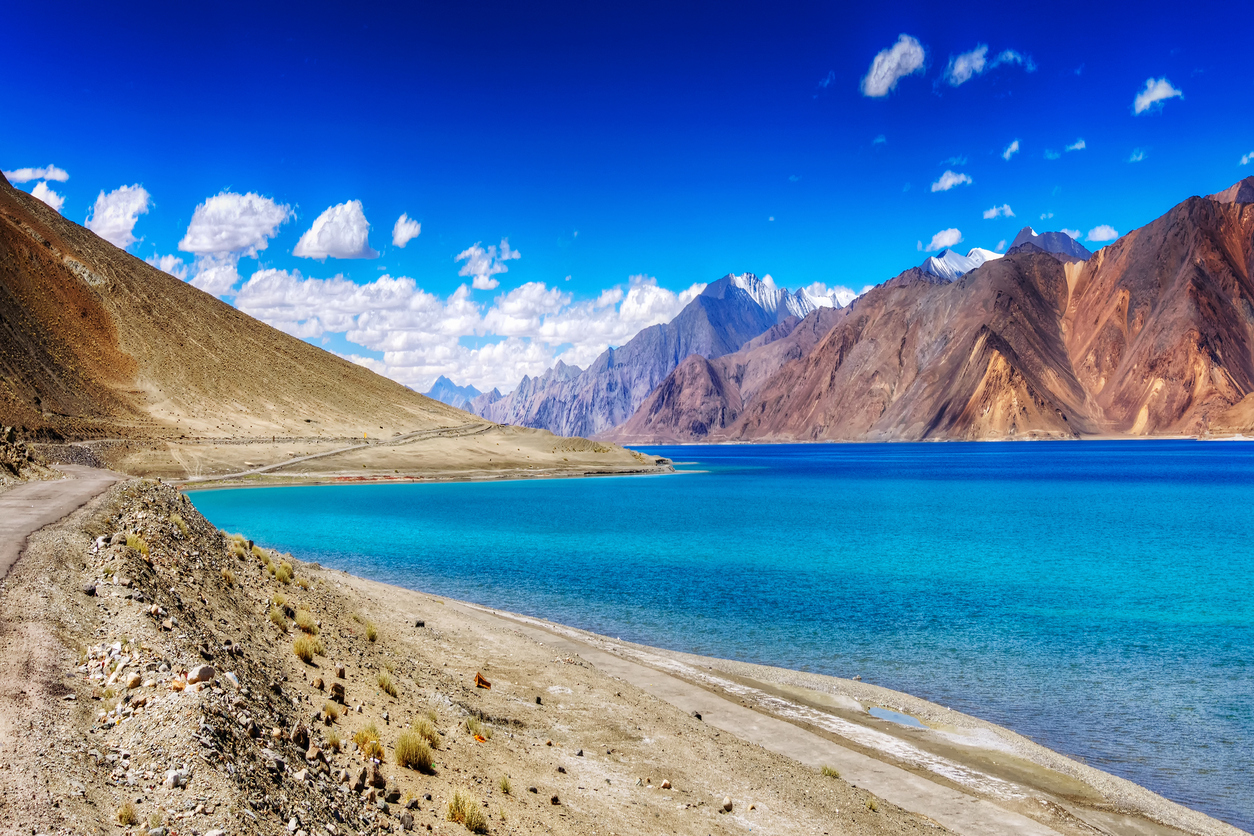
India claims control over South Pangong lake after Chinese action

The Indian Army has reportedly established total control over the disputed area in South Pangong lake.
The Chinese army undertook a ‘provocative military action’ on Saturday (August 29), but it was blocked by its Indian counterparts.
The Indian Army is now in control of key ridges on the south bank of the Pangong Lake and has established military control of the entire disputed area.
Nearly two-thirds of the lake is controlled by China, with just about 45 km under Indian control. The LAC, running north-south, cuts the western part of the lake. But border dispute remains and the perception of the LAC differs in multiple sectors, including on Pangong Lake.
NDTV reported that the army is positioned in a way that ensures that the entire disputed area, right till India’s perception of the Line of Actual Control in the region, can be defended.
Senior army officials say the Indian counteraction to China’s latest provocation is a defensive move, done to counter a Chinese build-up with tanks and troops on their side of the LAC in the area.
An Army statement said, “The PLA violated the previous consensus arrived at during military and diplomatic engagements during the ongoing standoff in eastern Ladakh and carried out provocative military movements to change the status quo.”
“Indian troops pre-empted this PLA activity on the southern bank of Pangong Tso Lake, undertook measures to strengthen our positions and thwart Chinese intentions to unilaterally change facts on the ground. The Indian Army is committed to maintaining peace and tranquillity through dialogue, but is also equally determined to protect its territorial integrity,” the statement also added.
China has built a tarred road on the south bank of the neighbouring Spanggur lake — a key passage in the area through which troop movement can take place. The Indian Army occupying the heights means they can now over-see troop movement on the other side of Line of Actual Control (LAC).
Brigadier-level talks between the two countries to diffuse tensions remain inconclusive. Talks are presently on in the Chushul area.
Meanwhile, the Chinese Embassy in New Delhi issued a strong-worded statement in response to the August 30 incident. ”India’s move has grossly violated China’s territorial sovereignty, seriously violated relevant agreements, protocols and important consensus reached between the two countries,” the statement read, adding, “India’s military moves have severely damaged peace and tranquillity along China-India border areas.”
The south-bank of the Pangong Lake was witness to the Indo-China war of 1962. The Indian build-up in the area is meant to defend Indian territory in the key Chushul Valley in the region.
As early as May, Chinese forces targeted six areas along the disputed Line of Actual Control in Eastern Ladakh. In Galwan, 20 Indian soldiers were killed and an undisclosed number of Chinese soldiers too died in the clash.
The North bank of the Pangong Lake too remains a point of confrontation with substantial military engagement despite several rounds of talks.
Sources say that China wants to open up a new front on the South Bank of the Pangong Lake to unilaterally change the status of the Line of Actual Control. New Delhi has so far fiercely opposed China’s plans by deploying tanks, artillery, surface to air missile batteries and other heavy weaponry.

